When we first learnt that the Mitsubishi Mirage‘s sedan-bodied counterpart was going to be called the Attrage, we were rather amused, to say the least. Knowing Japan’s unique way with English words, the reflex assumption was that the name was a portmanteau of the words ‘attractive’ and ‘Mirage.’
As it turned out, we were right – according to Mitsubishi, it was indeed contrived based on that complimentary adjective, and although no official mention was made of the other contributing word, I think we can safely rule out ‘rage’ and ‘age,’ don’t you?
UPDATE: The Attrage is now launched in Malaysia – click here for the launch report.
With its Thai launch on the horizon, we leapt across the northern border in late June to join the international media test drive event, where we had a chance to briefly try the new Mitsubishi Attrage out on a race circuit.
The Concept G4 sedan, which the Tokyo-headquartered carmaker uncovered at the Bangkok show in March and which you’ll be able to see at 1 Utama until this Sunday, couldn’t have been a more accurate crystal ball to gaze into. Save for the futuristic internals of the head and tail lamps and all that blue sparkle, the road-going Mitsubishi Attrage has stayed pretty loyal to the concept.
Built alongside the Mirage at the Laem Chabang Industrial Estate in the Thai province of Chonburi, the B-segment sedan, like its five-door sibling, holds eco-car status in the Kingdom, which lends itself to benefits where taxes are concerned.
This isn’t all that easy to achieve – what’s needed is a fuel consumption figure of 20 km per litre or better, Euro 4 compliancy, a local production investment of over five billion baht and a manufacturing rate in excess of 100,000 units annually after the fifth year of production.
Study the vehicle in more depth and you’ll see why it hasn’t simply been called the ‘Mirage Sedan’ – sure, more than a couple of the Attrage’s design elements are quintessentially Mirage, but it’s not until you line them both up that you realise just how much they differ.
For a start, the new car eschews the Mirage’s simpler and daintier face in favour of a little more presence and pizzazz. There’s a prominent triple-slatted chrome grille within which the Mitsubishi badge sits, more chiselled headlamps, bonnet creases, a wider and more angular lower intake as well as claw-shaped fog lamp housings.
A quick dimension comparison divulges more disparity than you’d expect – the Attrage measures 4,245 mm long, 1,670 mm wide and 1,515 mm tall (Mirage 3,710 x 1,665 x 1,500), and its wheelbase is actually a whole 100 mm longer than the hatch’s 2,450, bringing with it more legroom in the back.
Also upped are the front and rear track widths (both +15 mm) as well as ground clearance (+10 mm). There’s a 42-litre fuel tank (Mirage 35), and the turning circle is 0.4 metres poorer than the hatch’s 4.4. Obviously, boot space is up. There’s 450 litres of it – almost double the Mirage’s 235 litres.
Thanks to extensive use of high-tensile steel in its body, the Attrage weighs between 885 and 930 kg (Mirage 825-850), depending on the variant. The lightness contributes towards a claimed fuel consumption figure of 22 km per litre on the New European Driving Cycle.
Underneath, it’s all a mirage – 78 PS/100 Nm 1.2 litre 3A92 MIVEC twin-cam three-cylinder unit, five-speed manual or INVECS-III CVT, electric power steering, front discs/MacPherson struts and rear drums/torsion beam – you’ve heard it all before. Same cockpit too, although the rear bench gets a central armrest with two cupholders.
The Bonanza International Speedway in Khao Yai is quite a short track, with considerable elevation and potential for high speeds, but we didn’t get to blaze the whole length of it uninhibited – cones were placed in certain sections of the circuit, creating stations for slalom, lane change and handling tests that we had to progress through.
So it was that I found myself in the CVT-equipped version, lining up for the first slalom. The Attrage leaps off the line eagerly and smoothly enough. The rapidly-rising engine note, although not harsh, does make its presence felt quite strongly in the cabin when you give it the beans. Snaking the car through those cones uncovered a considerable degree of body roll, albeit civilised and kept in check.
The steering, although above average in terms of response, is very light and could offer much more feel and feedback, but then again I was driving a B-segment runabout on a race track, which is like taking the tiger out of the (urban) jungle, so to speak.
Out of the slalom and we pick up speed. The rev-happy engine, coupled with the CVT, exhibit the characteristic ‘rubber-band’ trait to its fullest, so I push the gear lever down to S. Now the gearbox pretends it’s a stepped automatic, and I’m allowed into the further end of the rev range. Peak power resides at a heady 6,000 rpm; peak torque at 4,000 rpm, so you do have to find some spin if you want some grin.
The grin gradually comes, as you learn to carry more speed into the corners in a bid to keep the motor on the boil and conserve whatever little momentum you have. This can be a strangely fun activity only afforded by little-engined cars like this, even though you know they were designed for the low-speed, stop-go motions of the urban environment.
I power through the lane change station and tackle the curves ahead with little drama. Because there isn’t much weight in the nose (or indeed anywhere else), directional changes can be effected easily and quickly. I won’t pretend the Attrage packs much in the way of sporting intentions, but doesn’t it hang on determinedly to those corners!
The final hairpin before the main straight is a rather steep climb, and it was this that the Attrage found most challenging. The engine, as you’d expect in such a situation, provides more shout than shove – but it really isn’t bad for a little three-cylinder. You still get to the top of the hill – only not so quickly.
Generally the Attrage is smooth and easy to drive. Contributing to this are the seamless operation of the CVT, the featherweight steering that’s loath to communicate vibrations of any sort, and good all-round visibility – not to mention cabin airiness – afforded by a low window line and considerably thin pillars (by today’s standards).
Put simply, it’s a B-segment sedan with all the city driving qualities – nippiness, fuel efficiency and ease of use – of an A-segmenter.
Thailand gets GLX M/T, GLX CVT, GLS CVT and GLS Ltd CVT variants, priced from 443k to 582k baht. Standard-across-the-range kit includes electric folding door mirrors, piano black interior trim, multi-info display and keyless entry. In terms of safety, GLS versions get dual airbags; GLX only one. ABS and EBD are standard.
GLS versions add fog lamps, LED indicator door mirrors, chromed inner door handles, keyless start and auto air-con, while the posh GLS Ltd boasts a leather-wrapped steering wheel with silver trim and audio controls, bright-coloured leather seats, a reverse camera and a 6.5-inch touch-screen with navigation, DVD, MP3, Bluetooth and USB.
GLX cars roll on 14-inch steel wheels wrapped in 175/65 tyres, while GLS gets 15-inch alloys and 185/55 rubber. Accessories offered are aplenty, including a subtle bodykit, boot spoiler with integrated third brake lamp, DRLs, parking sensors, interior illumination and garnish, scuff plates and a Ralliart gear knob.
Our Attrage line-up is likely to emulate the Mirage’s, i.e. GL M/T, GL CVT and GS CVT. Some accessories should be offered, too. Revisit the Malaysian Mirage range and its equipment sheet and you could probably extrapolate to some degree the kit our Attrage would get.
In the Land of Smiles, the Mitsubishi Attrage has direct eco-car rivals in the forms of the 1.3 litre four-cylinder-engined Toyota Vios (not the new car) and the 1.2 litre three-cylinder-engined Nissan Almera. Unfortunately for it, the playing field at home won’t be so level, what with our Vios, Almera and City all wielding more powerful 1.5 litre four-cylinder engines.
But if it could undercut the Almera in price, it could aim for a market half a segment lower, and while it won’t come anywhere near our national carmakers’ smaller offerings, the Attrage would then be the least expensive (and smallest) import sedan on sale in Malaysia when it arrives towards the end of this year.
UPDATE: The Mitsubishi Attrage has been officially launched in Malaysia – full local launch report and gallery here.
Looking to sell your car? Sell it with Carro.

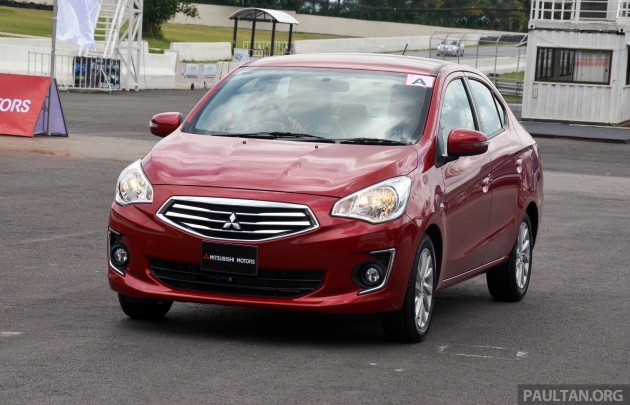
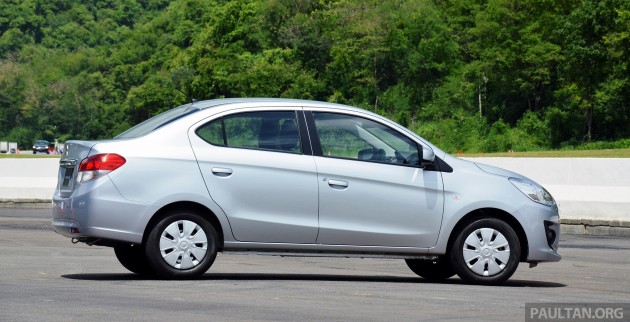
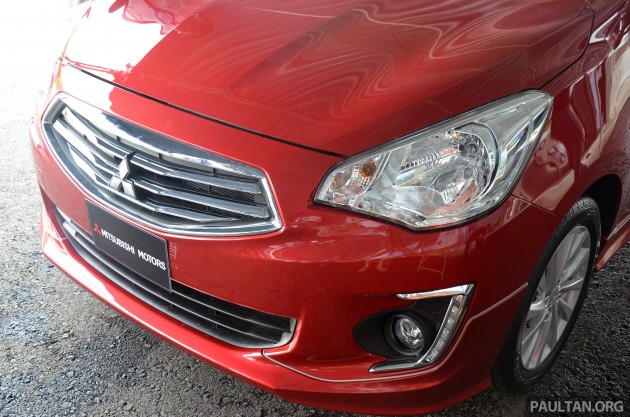
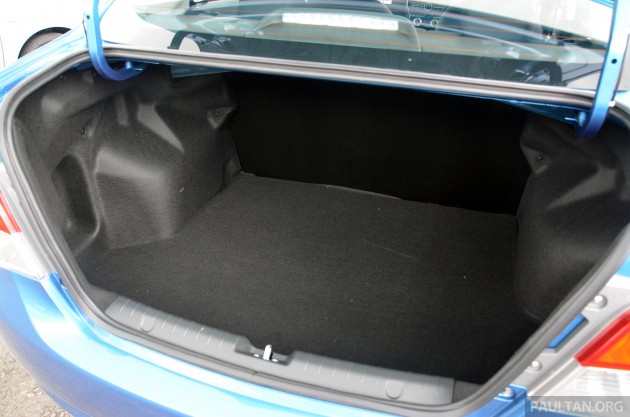



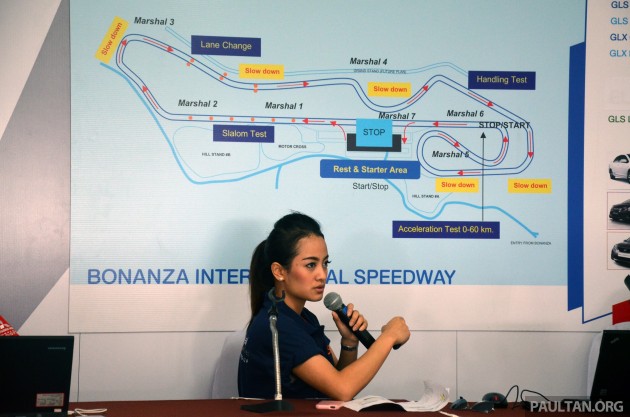
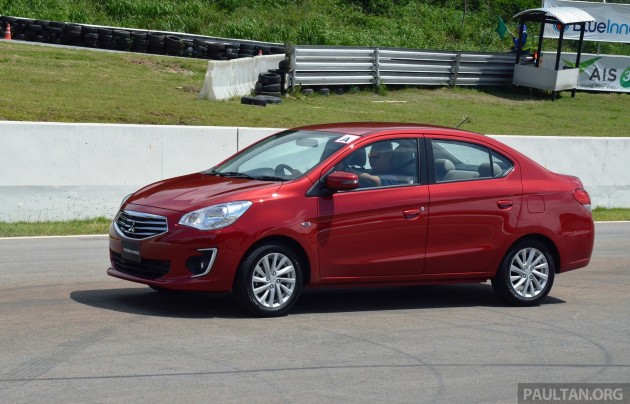
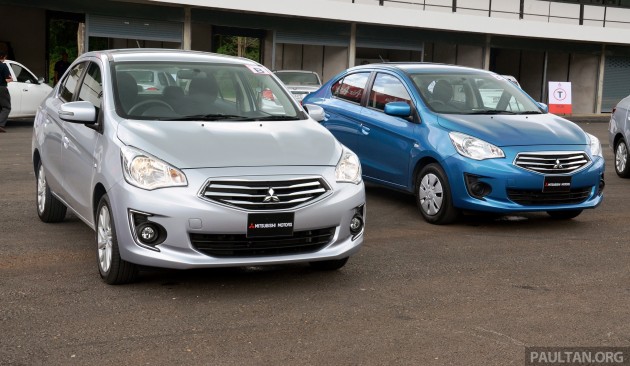




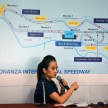

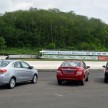
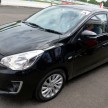
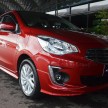
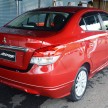
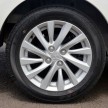
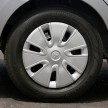
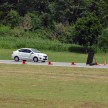
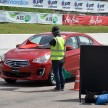
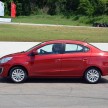

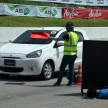
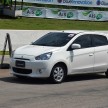

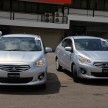
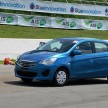

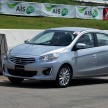
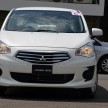
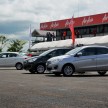
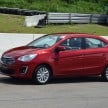
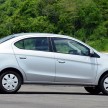
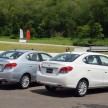
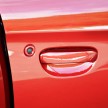
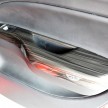
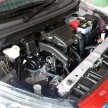
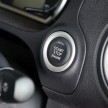
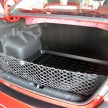
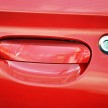
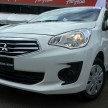
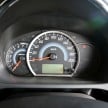
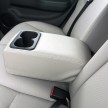
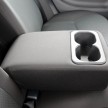

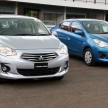
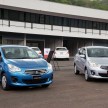
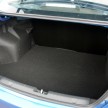
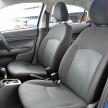
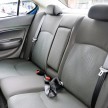
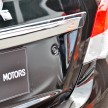
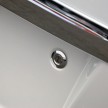
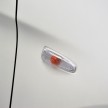
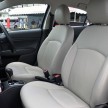
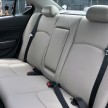
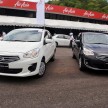
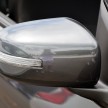
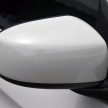
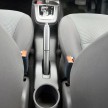
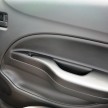
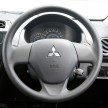
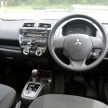
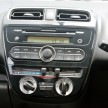
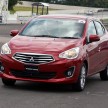
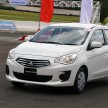
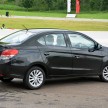
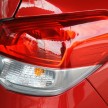
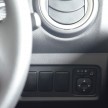
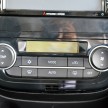
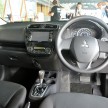

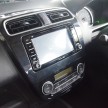
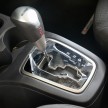
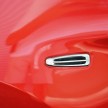
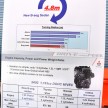
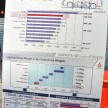
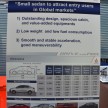
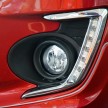
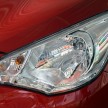
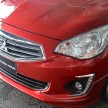












AI-generated Summary ✨
Comments mainly express opinions on the Mitsubishi Attrage's design, interior space, and fuel efficiency, often comparing it to other small sedans like the Almera, Vios, and Honda City. Several commenters find the Attrage's exterior unattractive and criticize its design, especially the lower trim versions. Many appreciate its spaciousness and fuel economy, with some noting it as ideal for city driving and small families. There is also discussion about Japanese car design trends, with some lamenting the decline in aesthetic quality in recent models. Enthusiasts express skepticism about Mitsubishi's styling direction and compare it unfavorably to past models or to other brands like Kia and Hyundai. Overall, views are mixed—some see it as a practical, fuel-efficient option, while others criticize its looks.